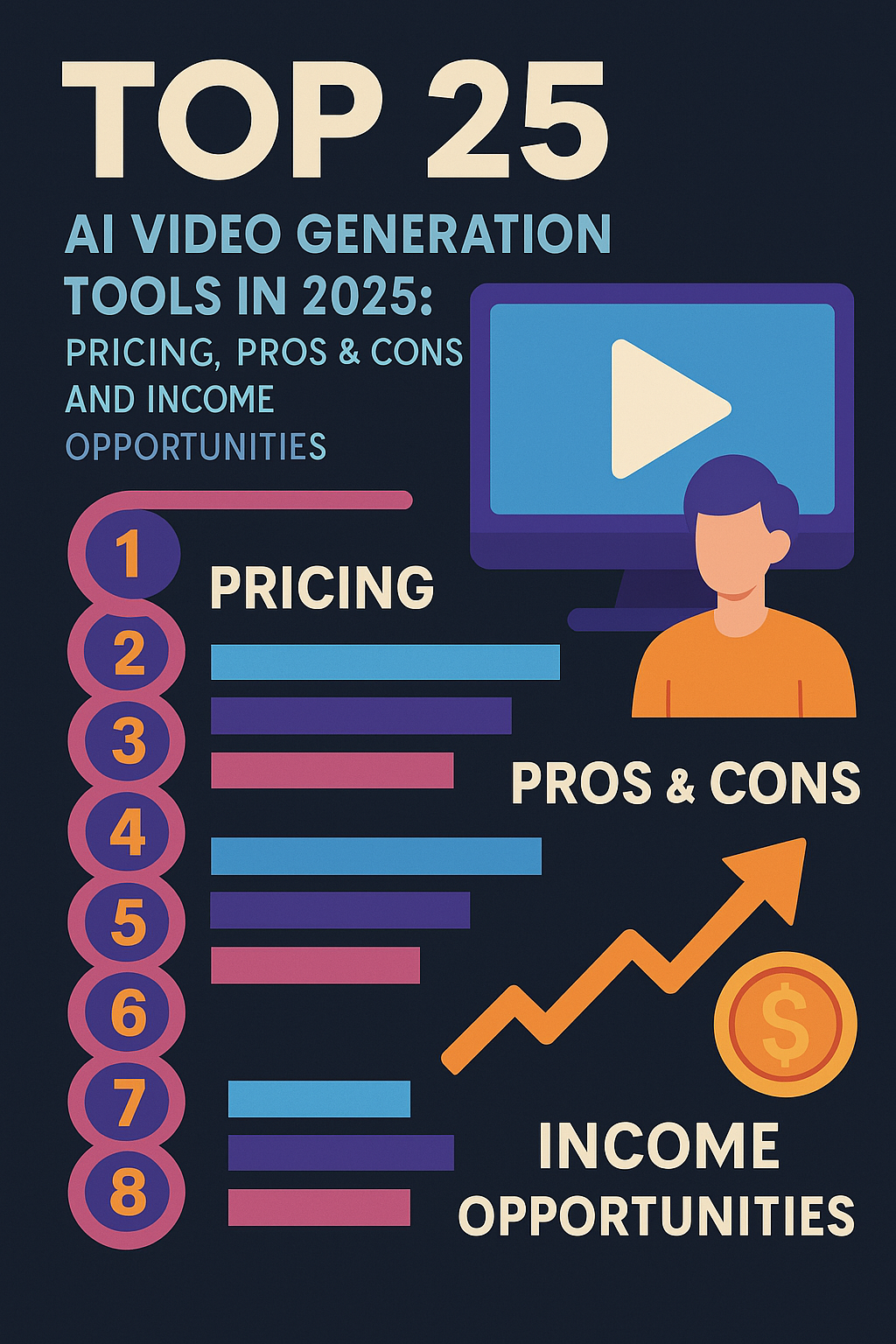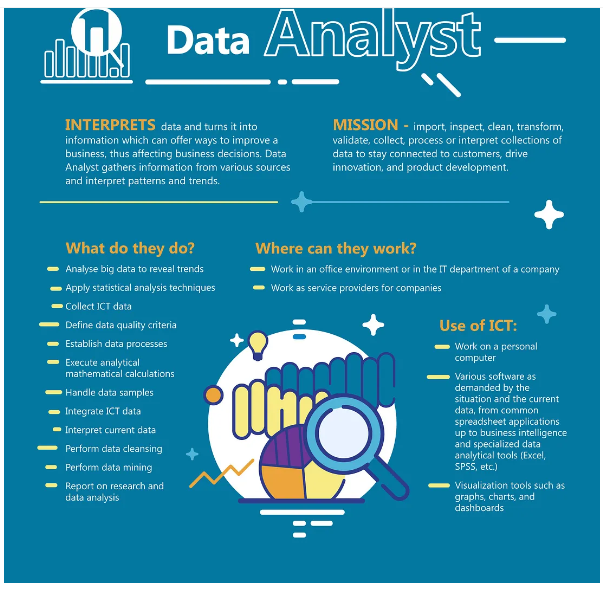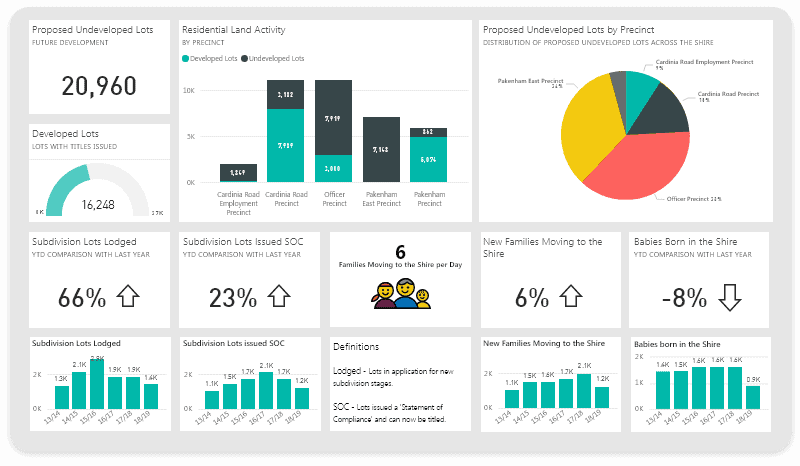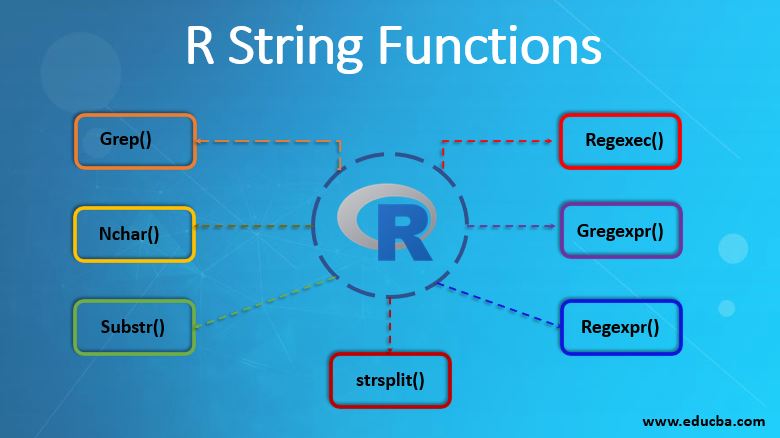
Demystifying Bitcoin Trading: A Beginner’s Guide with Essential Terminology
The rise of Bitcoin has captured the imagination of investors and enthusiasts worldwide. This digital currency, built on revolutionary blockchain technology, offers a unique opportunity for financial participation. However, for newcomers, the world of Bitcoin trading can seem complex and intimidating. Fear not! This comprehensive guide will equip you with the essential terminology and knowledge to navigate Bitcoin trading with confidence.
Understanding the Basics
Before diving into specific terms, let’s establish a foundational understanding of Bitcoin and its trading landscape.
-
Bitcoin (BTC): A decentralized digital currency that operates independently of central banks or governments. Transactions are recorded on a public ledger called the blockchain, ensuring transparency and security.
-
Bitcoin Trading: The act of buying and selling Bitcoin on a cryptocurrency exchange, speculating on its price fluctuations. The goal is to profit by purchasing Bitcoin at a lower price and selling it at a higher price.
Essential Bitcoin Trading Terminology
Now, let’s explore the key terms you’ll encounter in the world of Bitcoin trading:
-
Exchange: A platform that facilitates the buying and selling of Bitcoin and other cryptocurrencies. Popular exchanges include Coinbase, Binance, and Kraken.
-
Wallet: A secure digital storage solution for your Bitcoin. There are two main types:
- Hot Wallet: An online wallet convenient for frequent trading, but potentially more vulnerable to hacking.
- Cold Wallet: An offline storage solution like a hardware wallet, offering superior security but less immediate accessibility.
-
Order Types: Instructions placed on an exchange to buy or sell Bitcoin at specific prices or under certain conditions:
- Market Order: An immediate buy or sell order at the best available market price.
- Limit Order: An order to buy or sell Bitcoin at a specific price or better.
- Stop-Loss Order: An order to automatically sell Bitcoin if the price falls below a set point, limiting potential losses.
- Take-Profit Order: An order to automatically sell Bitcoin if the price reaches a desired profit target.
-
Trading Pair: When trading Bitcoin, you’re essentially exchanging it for another asset. The most common trading pair is BTC/USD (Bitcoin for US Dollars). Other pairs might involve stablecoins (cryptocurrencies pegged to fiat currencies like USD) or other cryptocurrencies like Ethereum (ETH).
-
Bid and Ask: The highest price a buyer is willing to pay for Bitcoin (bid) and the lowest price a seller is willing to accept (ask). The difference between these prices is the spread, which represents the exchange’s fee.
-
Order Book: A real-time list of outstanding buy and sell orders for Bitcoin on an exchange, displaying the quantity and price at which users are willing to trade.
-
Spread: The difference between the bid and ask price. It represents the cost of trading Bitcoin on the exchange.
-
Volume: The total amount of Bitcoin traded within a specific timeframe (e.g., 24 hours). High volume indicates a liquid market with active trading.
-
Volatility: The extent to which the price of Bitcoin fluctuates. Bitcoin is known for its high volatility, meaning its price can experience significant swings in a short period.
-
Technical Analysis (TA): A method of analyzing price charts and trading indicators to identify potential trading opportunities. It involves studying historical price data and chart patterns to predict future price movements.
-
Fundamental Analysis (FA): Examining underlying factors that affect the long-term value of Bitcoin, such as news, regulations, and adoption rates. FA helps assess the overall health and future potential of Bitcoin as an investment.
-
Satoshi (sat): The smallest unit of Bitcoin. 1 Bitcoin is equal to 100 million Satoshis. This allows for more precise pricing when dealing with smaller amounts of Bitcoin.
-
Blockchain: The public ledger that records all Bitcoin transactions chronologically and transparently. It ensures the security and immutability of Bitcoin transactions.
-
Mining: The process of verifying Bitcoin transactions and adding new blocks to the blockchain. Miners receive Bitcoin rewards for their computational power used in this process.
-
Fiat Currency: Traditional government-issued currencies like USD, EUR, or JPY.
-
HODL: A misspelling of “hold” that has become a crypto slang term for a long-term investment strategy, where investors buy and hold Bitcoin for the long haul, believing in its future potential.
-
FOMO (Fear Of Missing Out): A psychological phenomenon that drives investors to buy Bitcoin due to the fear of missing out on potential profits.
-
FUD (Fear, Uncertainty, and Doubt): Negative news or information that can create fear and uncertainty in the market, leading investors to sell their Bitcoin holdings.
Advanced Bitcoin Trading Terminology
Having grasped the fundamentals, let’s delve deeper into some advanced Bitcoin trading terminology:
-
Margin Trading: A leveraged trading strategy that allows you to borrow funds from the exchange to amplify your potential profits (and losses). It carries significant risk, as even small price movements can lead to substantial losses if the market goes against you.
-
Liquidation: In margin trading, if the market moves against your position and your account equity falls below a certain threshold, the exchange will force you to sell your Bitcoin to cover your loan, potentially leading to significant losses.
-
Funding Rate: A fee paid in margin trading to maintain a balanced market between long (buyers) and short (sellers) positions. The funding rate can be positive or negative, incentivizing traders to maintain a balanced market.
-
Order Book Depth: The extended view of the order book, displaying a larger range of buy and sell orders beyond the best bid and ask prices. It provides a deeper understanding of market sentiment and potential support and resistance levels.
-
Technical Indicators: Mathematical calculations used in technical analysis to identify potential trading opportunities. Popular indicators include moving averages, Relative Strength Index (RSI), and Bollinger Bands™.
-
Support and Resistance: Price levels where the buying or selling pressure is typically strong, potentially causing the price to bounce off those levels. Identifying support and resistance levels can help traders make informed decisions about entry and exit points.
-
Candlestick Charts: A visual representation of price movements over a specific timeframe. Each candlestick depicts the open, high, low, and close prices for the period. Candlestick patterns are used by technical analysts to identify potential trends and reversals.
-
Trading Bots: Automated software programs that execute trades based on pre-defined rules and technical indicators. Bots can help remove emotions from trading decisions and react to market movements faster than humans.
-
Decentralized Exchange (DEX): A peer-to-peer exchange platform that operates without a central authority. DEXs offer greater control over your crypto assets but can be less user-friendly and have lower liquidity compared to centralized exchanges.
-
Altcoins: Alternative cryptocurrencies other than Bitcoin. Popular altcoins include Ethereum (ETH), Litecoin (LTC), and Ripple (XRP).
-
Bull Market: A period of sustained price increases in the cryptocurrency market.
-
Bear Market: A period of sustained price declines in the cryptocurrency market.
-
Whale: A large investor who holds a significant amount of Bitcoin and can influence market prices with their trades.
Developing a Bitcoin Trading Strategy
Now that you’re equipped with the essential terminology, it’s crucial to develop a sound trading strategy. Here are some key considerations:
-
Risk Management: Bitcoin trading is inherently risky. Always determine your risk tolerance and allocate only a portion of your portfolio that you can afford to lose.
-
Investment Goals: Define your investment goals – are you aiming for short-term profits or long-term capital appreciation? This will influence your trading style and risk appetite.
-
Technical vs. Fundamental Analysis: Decide whether you’ll rely more on technical indicators or fundamental factors to make trading decisions.
-
Discipline and Patience: Successful trading requires discipline and patience. Stick to your trading plan and avoid emotional decisions based on market FOMO or FUD.
-
Start Small: Gain experience by starting with small trades and gradually increasing your activity as you develop your confidence and skills.
Conclusion
The world of Bitcoin trading can be exciting and rewarding, but it also demands knowledge, discipline, and a well-defined strategy. By understanding the essential terminology and adopting a responsible approach, you can navigate this dynamic market with greater confidence. Remember, this guide serves as a foundation. Continuously educate yourself, stay informed about market trends, and never invest more than you can afford to lose.
Disclaimer: This blog post is for informational purposes only and should not be considered financial advice. Always conduct your own research and consult with a financial professional before making any investment decisions. We are not responsible for your Actions/Decisions in regarding .This is for educational purpose only

























































































































































